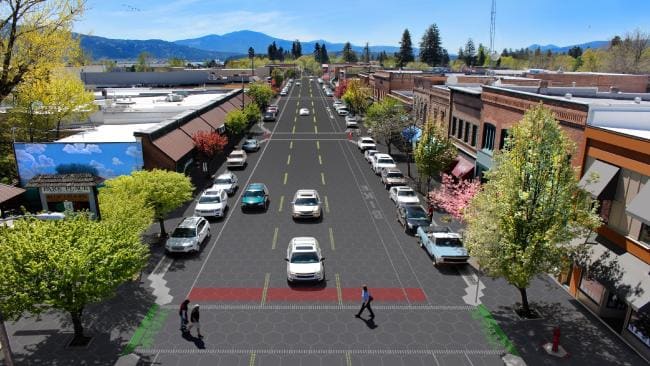The world’s first solar road (Normandy road in France) has been a bit of a bust. According to an article in Business Insider it’s in very poor shape and not even worth repairing. What a shame – let’s read more about the Normandy solar road, what went wrong, and what its failure might mean for future solar highways.
Solar Road Failure in France – Update on Technology, Idaho solar road.
The Normandy solar road covers 2800 square meters and was installed in 2016 in Tourouvre-au-Perche.
A report from Le Monde has been translated by Business Insider and paints a pretty sad picture of the road’s effectiveness (or lack thereof):
On top of the damage and poor wear of the road, the Normandy solar track also failed to fulfill its energy-production goals. The original aim was to produce 790 kWh each day, a quantity that could illuminate a population of between 3,000 and 5,000 inhabitants. But the rate produced stands at only about 50% of the original predicted estimates.
Other issues the ~$6.1m Normandy road has include rotting leaves, thunderstorms, and the volume of the solar road – where the speed limit even had to be lowered as it was so loud. Daily Caller are advising that 75% of the panels were broken pre-installation and now 83% are non-functional. The current amount of energy being generated by this project is so low it would only be able to power a small water fountain and restroom lights. The Daily Caller article also discusses a $3.9m USD Idaho road which is suffering from a similar issue.
If you’d like to read the original article (it’s in French) from Le Monde, entitled “En Normandie, le fiasco de la plus grande route solaire du monde”, please click here.
If you’d like to read more about other solar highways across the world, here are a few links:


